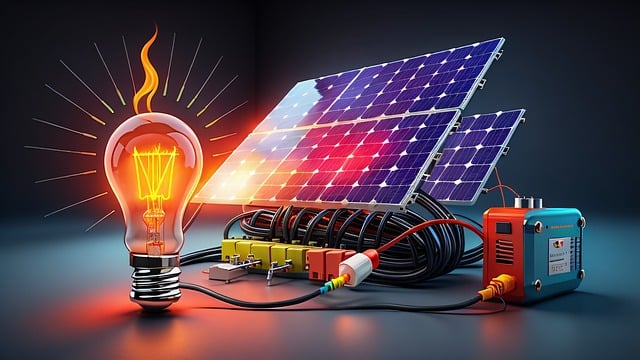
Introduction
The integration of solar power into smart grids and microgrid systems represents a key strategy for enhancing the reliability, efficiency, and sustainability of the electricity grid. By leveraging advanced technologies and intelligent control systems, solar energy can play a central role in shaping the future of energy distribution and management.
Smart Grids: Enhancing Energy Distribution
1. Advanced Metering Infrastructure (AMI)
Smart grids utilize advanced metering infrastructure (AMI) to enable real-time monitoring, communication, and control of energy consumption and generation. By deploying smart meters and sensors throughout the grid, utilities can gather data on solar generation, grid demand, and energy flows, allowing for dynamic grid management and optimization.
2. Demand Response Systems
Demand response systems enable utilities to adjust electricity consumption in response to supply and demand fluctuations. By incentivizing consumers to reduce or shift their energy usage during peak periods or when solar generation is abundant, demand response programs help balance grid load, optimize energy resources, and enhance grid stability and reliability.
Microgrid Systems: Enabling Energy Resilience
1. Decentralized Energy Generation
Microgrid systems integrate distributed energy resources, including solar panels, wind turbines, and energy storage systems, to provide localized power generation and distribution. By combining renewable energy sources with storage and control systems, microgrids enhance energy resilience and reliability, particularly in remote areas or during grid outages.
2. Islanding Capability
One of the key features of microgrid systems is their islanding capability, which allows them to operate independently from the main grid during disruptions or emergencies. By isolating from the larger grid and relying on local generation and storage resources, microgrids can continue to supply electricity to critical loads, such as hospitals, schools, and emergency services, ensuring uninterrupted power supply.
Benefits of Solar Integration
1. Renewable Energy Integration
Integrating solar power into smart grids and microgrid systems enables greater integration of renewable energy sources into the electricity grid. By harnessing solar energy alongside other renewables, such as wind and hydroelectric power, utilities can reduce reliance on fossil fuels, lower carbon emissions, and advance towards a more sustainable energy future.
2. Grid Flexibility and Resilience
Solar integration enhances grid flexibility and resilience by diversifying energy sources and improving grid stability. By deploying solar panels and energy storage systems strategically, utilities can reduce grid congestion, mitigate voltage fluctuations, and enhance system reliability, ensuring a more resilient and adaptive electricity grid.
Conclusion
The integration of solar power into smart grids and microgrid systems holds the promise of transforming the way we generate, distribute, and consume electricity. By leveraging advanced technologies and innovative solutions, we can enhance grid reliability, optimize energy resources, and accelerate the transition towards a cleaner, more resilient energy future.